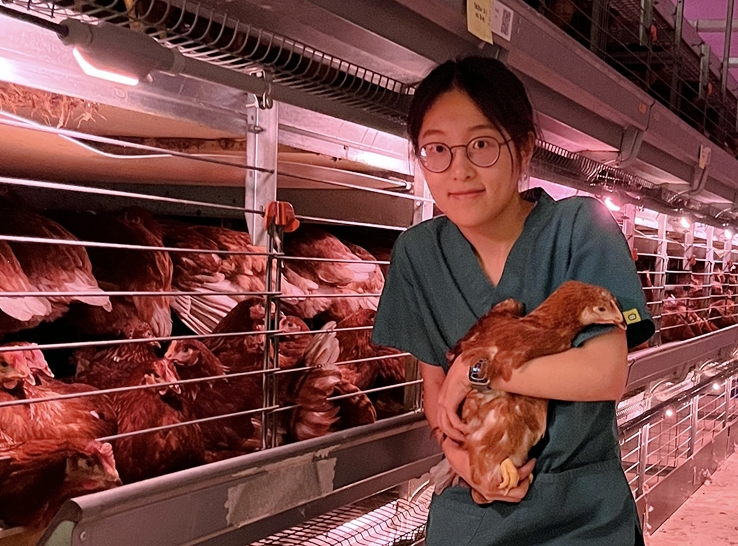
Reading the hens’ behavior: What activity and play tell us about welfare in cage-free aviaries
A “Rising Stars” article
by Xiaowen Ma, MS
Department of Animal Science
Michigan State University

A “Rising Stars” article
by Xiaowen Ma, MS
Department of Animal Science
Michigan State University

Jose Linares, DVM, a diagnostician and technical services veterinarian at Ceva Animal Health, said pre-winter surveillance – including reverse transcription quantitative polymerase chain reaction (RT-qPCR) testing, sequencing and processing-age serology – can help veterinarians and producers validate current IBV immunization strategies and ensure they are relevant and effective.
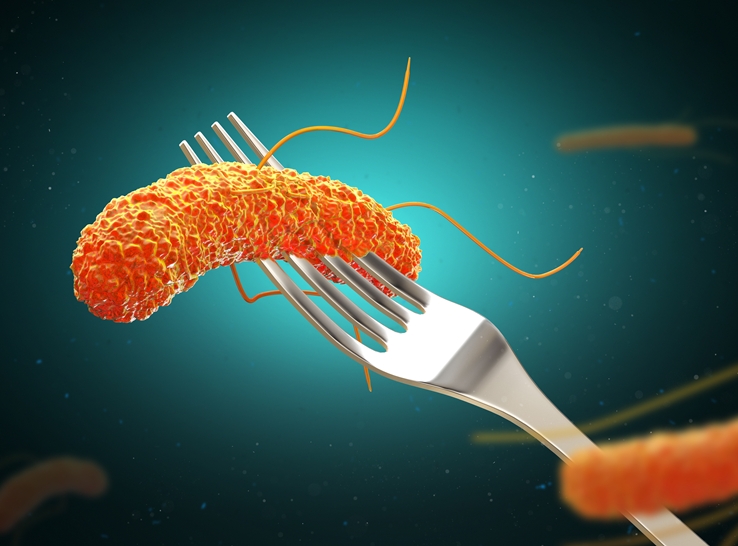
Salmonella exposure to consumers from eggs has been a decades-long concern. Richard Gast, poultry research microbiologist at USDA’s US National Poultry Research Center in Athens, Georgia, has developed two research projects to gain more perspective on Salmonella Enteritidis in cage-free layer housing.

A “Viewpoints” article
By Ken Opengart, DVM, PhD, DACPV
3 Birds Consulting
Signal Mountain, Tennessee
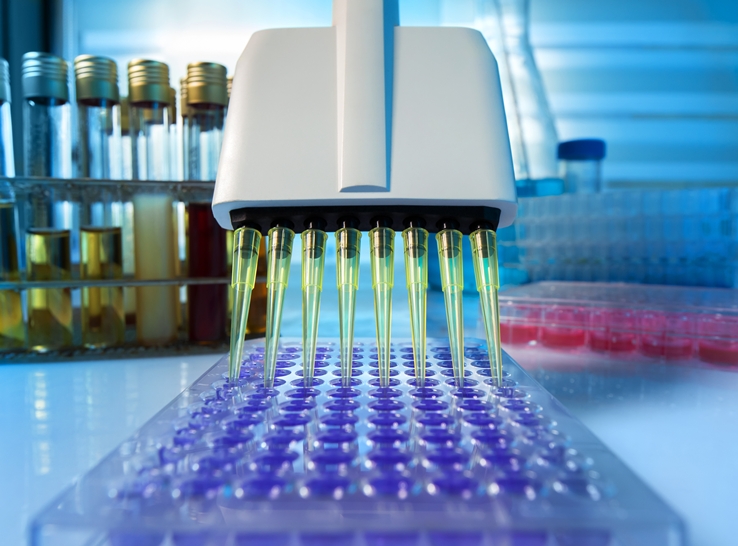
In the poultry sector, avian metapneumovirus (aMPV) infections can lead to severe economic repercussions, manifesting as drops in egg production and increased mortality, which lead to costly veterinary interventions and biosecurity measures. Researchers described the development of an assay, which was found to be capable of concurrently detecting and distinguishing among aMPV-A, aMPV-B and aMPV-C.
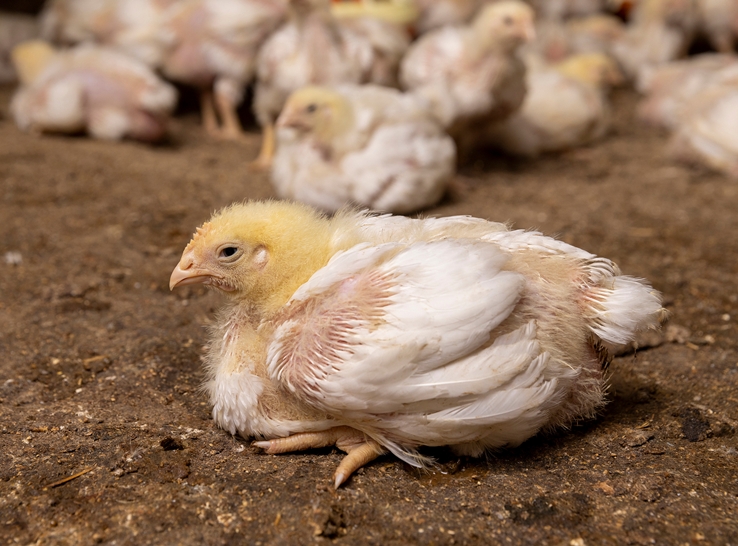
Bone and leg health issues are among the top five common concerns for broilers, noted Gigi Lin, DVM, DACPV, adding that “Lameness can indicate not only a potential disease issue but is a welfare and economic concern.” Lin, a veterinary consultant with Canadian Poultry Consultants, Ltd, was featured in the 2025 Canadian Poultry’s Broiler School Series webinar presentation, “Understanding and Managing Lameness in Broilers.”

Alternatives to antibiotic growth promoters can maintain broiler performance. But replacing antibiotics is not a simple matter of like-for-like replacements, according to Doug Korver, PhD, professor of poultry nutrition at the University of Alberta.
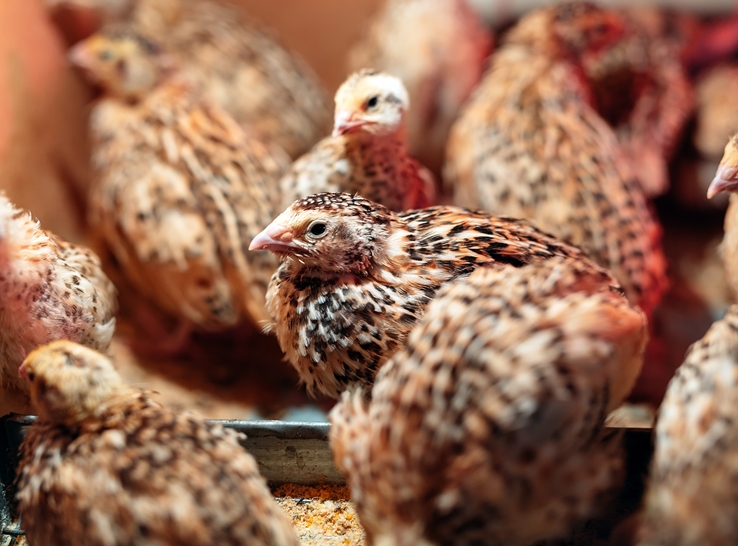
Japanese quail (Corturnix corturnix japonica) are the smallest farmed birds and contribute to approximately 10% and 0.2% of the global table egg and meat markets. Rosie Whittle, PhD, discusses housing, management and key welfare issues associated with farming these birds.
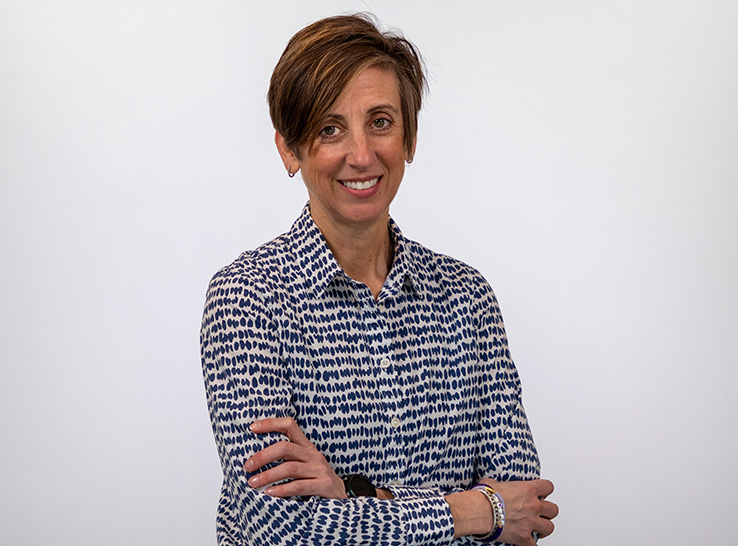
A “Viewpoints” article by
Sara Throne, DVM, MAM, Dipl. ACPV
Simmons Foods, Inc.
Siloam Springs, Arkansas, USA
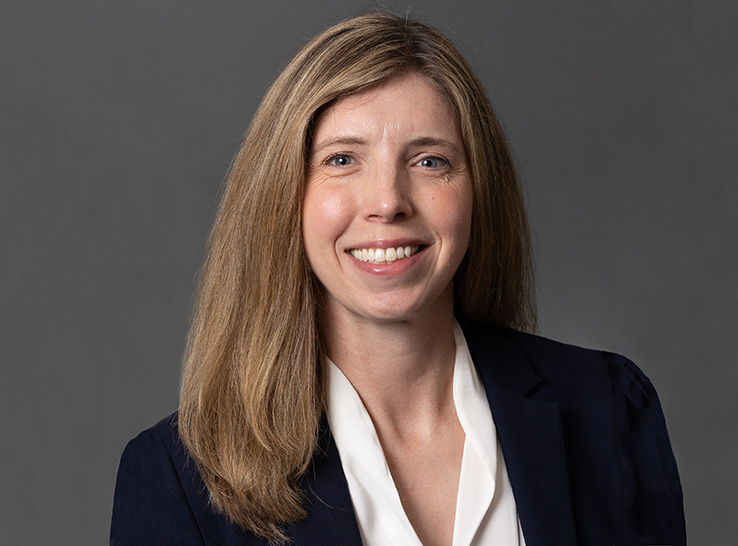
US poultry producers have a new, FDA-approved weapon in the fight against Northern fowl mite (NFM) with Exzolt™ (fluralaner oral solution), a pioneering treatment from Merck Animal Health.
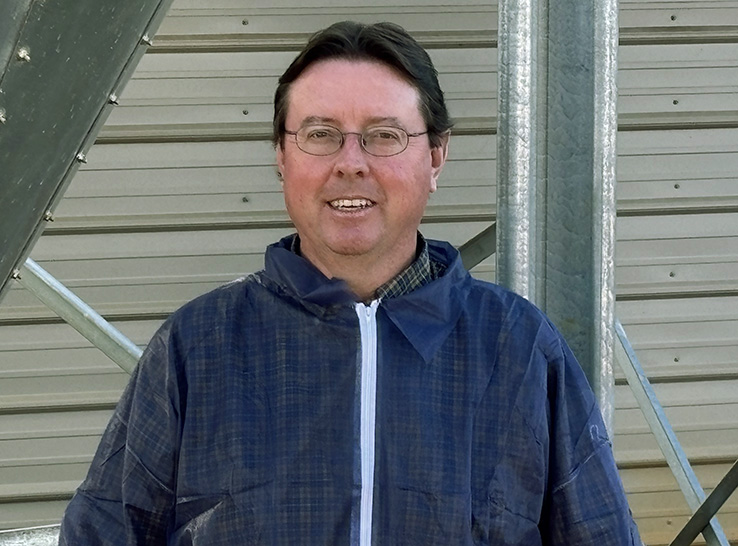
Good composting procedures eliminate odors and reduce the number of flies, rodents, predators and scavengers attracted to the bins. Additionally, when done properly, composting is a cost-effective method of biosecurity.

A “Viewpoints” article
by Autumn Gregg, DVM
Poultry resident
Mississippi State University